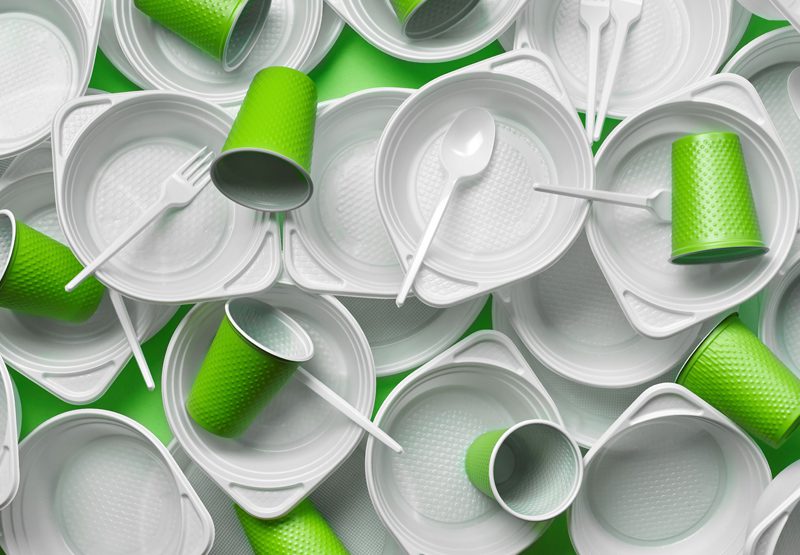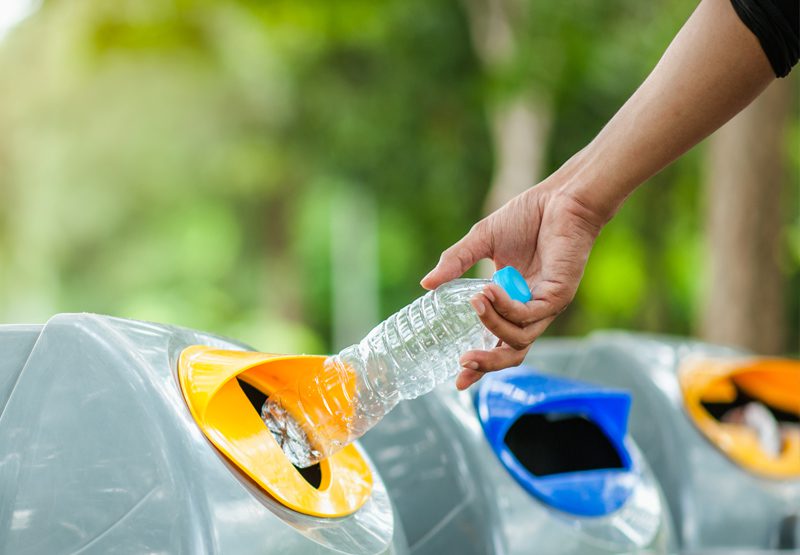Plastic waste has become a pressing global concern, leading to the search for sustainable solutions. One concept that has gained attention is plastic compostability. But can plastic truly be 100% compostable? In this blog post, we delve into the truth about the composability of plastic, examining the facts behind this widely discussed topic.
Understanding Compostable Plastic:
Compostable plastic refers to a specific type of plastic designed to break down into compost under specific conditions. It is made from renewable resources, such as plant-based materials, and undergoes a process called “biodegradation,” where microorganisms break down the plastic into organic matter, carbon dioxide, and water.

The Facts:
Compostable vs. Biodegradable:
It’s important to distinguish between “compostable” and “biodegradable.” While compostable materials break down into compost within a specific timeframe, biodegradable materials break down into smaller pieces over time, without necessarily becoming compost. Compostability requires specific conditions, including temperature, humidity, and microbial activity.
Industrial Composting:
Compostable plastics typically require an industrial composting facility to break down properly. These facilities provide controlled conditions, such as higher temperatures and ideal moisture levels, to facilitate the composting process. Compostable plastics may not fully degrade in home composting systems or traditional landfill environments.
Timeframe for Composting:
Composting times can vary depending on the type of compostable plastic and the specific conditions in which it is composted. Some compostable plastics can break down within a few months, while others may require a year or more. The composting process is influenced by factors such as temperature, moisture content, oxygen availability, and the presence of specific microorganisms.
Certification Standards:
Certification programs, such as the ASTM D6400 or EN 13432, ensure that compostable plastics meet specific criteria for compostability. These standards define the necessary degradation and disintegration rates, as well as the absence of harmful residues, to ensure the plastics’ safe compostability.
The Challenges:
- Lack of Infrastructure:
One of the main challenges with compostable plastics is the limited availability of industrial composting facilities. Without proper infrastructure, the composting of these plastics becomes difficult, limiting their widespread effectiveness.
- Contamination Issues:
Contamination of compostable plastics with non-compostable materials can hinder the composting process. Even small amounts of conventional plastic can impact the compostability of the entire batch. Proper waste management and consumer education are crucial to minimize contamination.
- Consumer Awareness and Recycling:
Compostable plastics should not be confused with conventional plastics in recycling streams. Mixing them can cause contamination and complicate recycling processes. Consumer awareness and clear labeling are vital to ensure proper disposal and prevent confusion.

Conclusion:
While compostable plastics offer potential benefits, it’s essential to understand the facts and limitations surrounding their compostability. Compostability requires specific conditions and infrastructure for proper breakdown. As we work towards a more sustainable future, it’s crucial to invest in composting infrastructure, improve waste management systems, and educate consumers about proper disposal practices.
Ultimately, the solution lies in reducing plastic waste, embracing reusable alternatives, and supporting innovative packaging materials that are genuinely compostable. By making informed choices and advocating for sustainable practices, we can collectively address the plastic waste challenge and create a healthier, greener planet.
Thank you for reading our blog post! Stay informed, stay responsible, and join us in the journey towards a more sustainable future.
Comments are closed.
